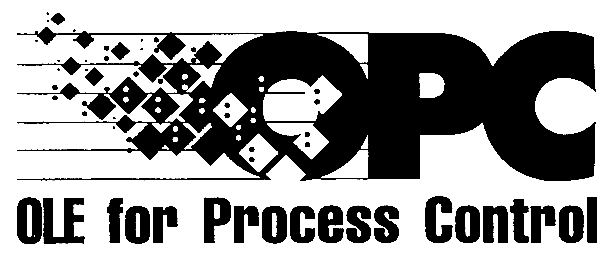
Data Access Custom Interface Standard
Version 2.0
October 14, 1998
1.1 Audience
1.2 Deliverables
2 OPC Data Access Fundamentals
2.1 OPC Overview
2.2 Where OPC Fits
2.3 General OPC Architecture and Components
2.4 Overview of the Objects and Interfaces
2.5 The Address Space and Configuration of the Server
2.6 Application Level Server and Network Node Selection
2.7 Synchronization and Serialization Issues
2.8 Public (aka shared) Groups
3 OPC Data Access Quick Reference
3.1 Custom Interface
3.1.2 OPCGroup Object
4.1 Overview of the OPC Custom Interface
4.2.2 Ownership of memory
4.2.3 Standard Interfaces
4.2.4 Null Strings and Null Pointers
4.2.5 Returned Arrays
4.2.6 Public Groups
4.2.7 CACHE data, DEVICE data and TimeStamps
4.2.8 Time Series Values
4.2.9 Asynchronous vs. Synchronous Interfaces
4.2.10 The ACTIVE flags, Deadband and Update Rate
4.2.11 Errors and return codes
4.2.12 Startup Issues
4.3.2 IOPCASyncIO2
4.3.3 SUBSCRIPTION via IOPCDataCallback
4.3.4 IOPCASyncIO (old)
4.4.2 IUnknown
4.4.3 IOPCCommon
4.4.4 IOPCServer
4.4.5 IConnectionPointContainer (on OPCServer)
4.4.6 IOPCItemProperties
4.4.7 IOPCServerPublicGroups (optional)
4.4.8 IOPCBrowseServerAddressSpace (optional)
4.4.9 IPersistFile (optional)
4.5.2 IOPCItemMgt
4.5.3 IOPCGroupStateMgt
4.5.4 IOPCPublicGroupStateMgt
4.5.5 IOPCSyncIO
4.5.6 IOPCAsyncIO2
4.5.7 IConnectionPointContainer (on OPCGroup)
4.5.8 IEnumOPCItemAttributes
4.5.9 IOPCAsyncIO (old)
4.5.10 IDataObject (old)
4.6.2 IOPCShutdown
4.6.3 IAdviseSink (old)
5.2 Registry Entries for Custom Interface
5.3 Registry Entries for the Proxy/Stub DLL
6 Description of Data Types, Parameters and Structures
6.1 Item Definition
6.2 AccessPath
6.3 Blob
6.4 Time Stamps
6.5 Variant Data Types for OPC Data Items
6.6 Constants
6.7.2 OPCITEMDEF
6.7.3 OPCITEMRESULT
6.7.4 OPCITEMATTRIBUTES
6.7.5 OPCSERVERSTATUS
6.7.6 Access Rights